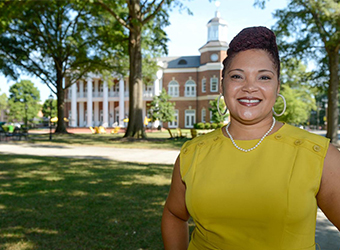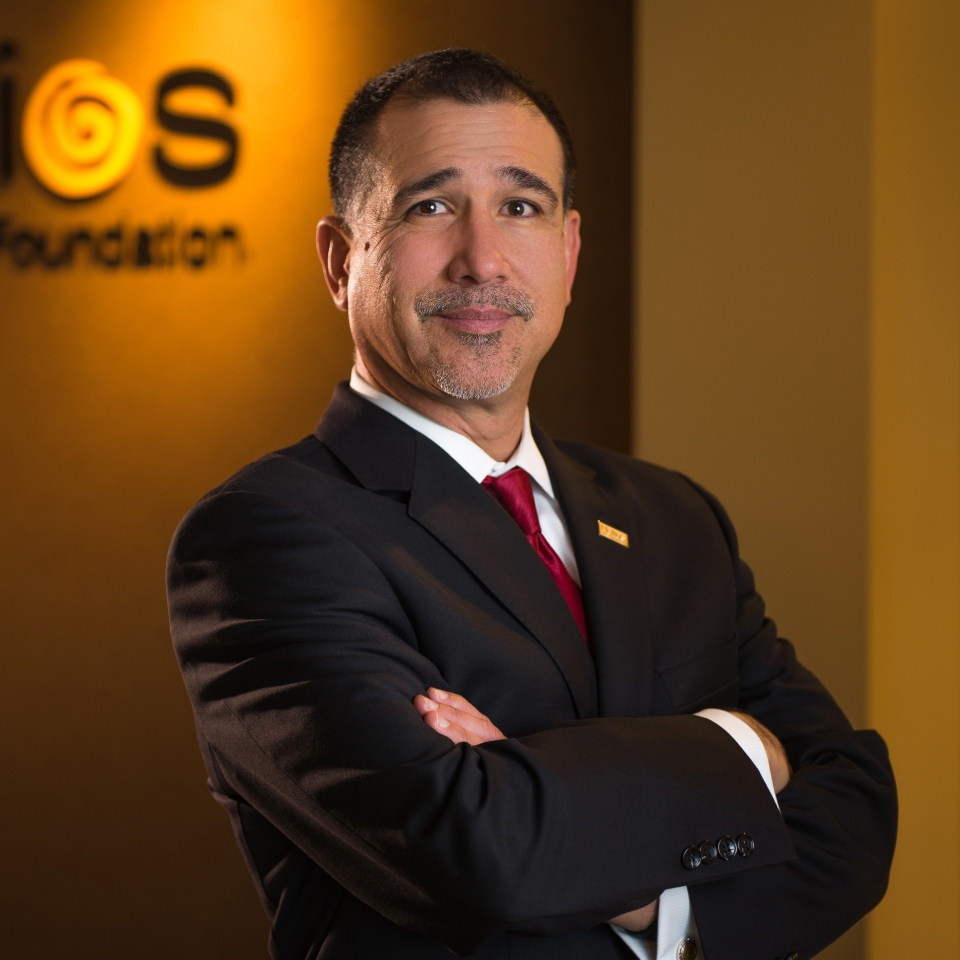 By Paul J. Luna and Charleita M. Richardson
By Paul J. Luna and Charleita M. Richardson
The following column was originally published in the Tampa Bay Times on Nov. 1, 2021.
A gender gap in higher education has steadily expanded into a chasm, with male students lagging in both college entrance and completion rates, particularly young men of color.
Several prominent media outlets recently called attention to this issue. Out of every 10 college students, The Wall Street Journal reported, about six are women while only four are men, and should this trend persist, there will soon be two women for every one man. The Atlantic pointed out that roots of this shift go back to the 1980s, when the number of women began to outpace the number of men earning a college degree, with Latino and Black men facing the widest gaps.
“There is a linear educational trajectory for girls and women,” Richard Reeves, a Brookings Institution senior fellow, told The Atlantic. In contrast, he observed, “boys and men tend to zigzag their way through adolescence.”
Zigzagging clearly isn’t cutting it, and the pandemic has only made this worse. Between the Fall 2019 and Fall 2021 semesters, the national decline in male enrollment at public two-year colleges substantially exceeded that of female enrollment (a 18.1 percent vs. 12.2 percent drop). Here in our state, we also see imbalances, with a 20.9 percent drop in male enrollment in the Florida College System between Fall 2019 and Fall 2020, compared to a 12.8 percent decline in female enrollment. The fact that these gaps are both vast and continuing to grow leaves us deeply concerned. Gaps in educational attainment reverberate on multiple societal levels, from the job market to family and community life. It leads young men unanchored and disconnected as they enter adulthood, and thus less likely to become active, thriving citizens.
We can and must do better. First, all of Florida’s community leaders and legislators must acknowledge these inequities. More importantly, we need to implement systemic solutions to address them, as discussed in this brief issued by Helios Education Foundation and WestEd. And we have to start early. We know that these achievement gaps emerge as early as elementary school, when research shows girls spend more time studying and earn higher grades, a pattern that continues through high school.
Helios Education Foundation and our strategic partner Florida College Access Network believe that a high-quality education should be within reach of every student, and we plan to do our part. Helios is taking a multi-pronged approach to tackling educational inequities in Florida, and we are backing the most promising strategies that provide solutions for those students trapped in cycles of low achievement. The Florida College Access Network leads a collaborative effort to ensure every Floridian can access an education beyond high school and with it a rewarding career. Working together, we envision a Florida where education is the pathway to economic mobility for all, especially in our increasingly high-skilled economy.
As we look to the future, it will be especially important to align research, investments, and policy in order to transform the lives of low-income and Black students across the state. We must prioritize the following issues:
- Early literacy is a critical gatekeeper. We must increase boys’ reading skills by 3rd grade, a milestone that influences their later performance.
- We must ensure that more boys have access to an array of challenging coursework — and have the targeted resources and supports they need to succeed and graduate from high school ready for college-level work.
- Families need more and better information about planning for college and college costs, a step that too often is overlooked. This includes reaching out to ensure that more families know about the Free Application for Federal Student Aid (FAFSA), and can get help completing it.
A Florida Task Force on Closing the Achievement Gap for Boys is expected to report its findings in December. This can also provide an opportunity for key partners across the state to come together to implement recommendations that lead to lasting change.
Education has the power to strengthen communities. We must ensure that all students — regardless of gender, race, ethnicity, or zip code — are prepared for postsecondary education. Florida will be a better place for all of us if we commit to achieving this goal.
Paul J. Luna is the president and CEO of Helios Education Foundation and Charleita M. Richardson is the Executive Director of the Florida College Access Network.
RELATED ARTICLES:
Report explores causes of persistent gender wage gap


